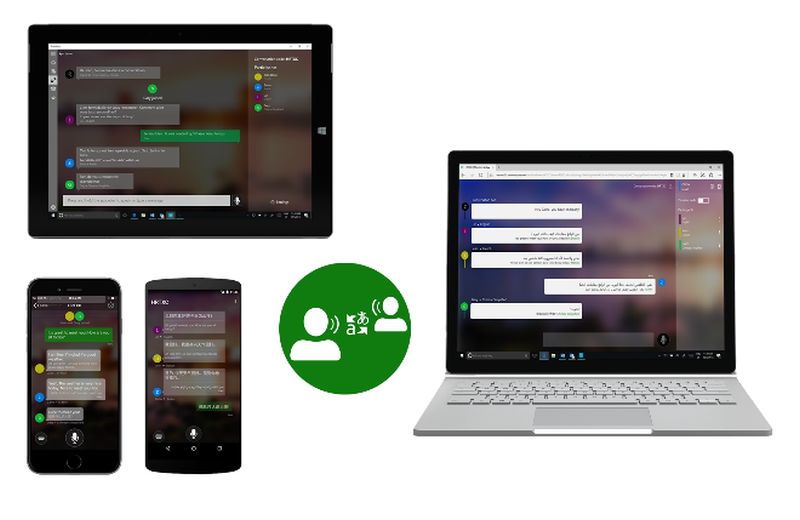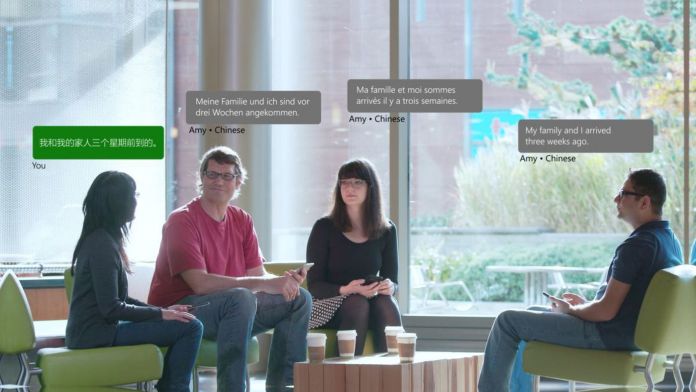Microsoft Translator supports 60 languages, within that voice translation for nine languages and type-in translation for the rest of them.
The updated app now translates spoken conversation in real-time with as many as 100 participants. Because of this new feature, people are able to interact with different languages directly face-to-face using their own language.
Participants can join the conversation using their smartphone, tablet, or PC by entering a code or scanning a QR code. Microsoft states there are multiple ways you can use the new app, such as:
- Be part of the conversation: Join a conversation regardless of your language. Chat. Share experiences. Make a connection.
- Immerse as you travel: Interact with ease when traveling internationally. Meet locals. Make new friends.
- Present to a wider audience: Break the languages barrier and make your message heard by everyone in the room.
- Make everyone feel welcome: Greet anyone regardless of the language they speak. Provide people with needed information.
A personal universal translator
Microsoft Translator is powered by the same, cutting-edge speech technology used by Skype Translator. The service allows interaction in real time over the internet while speaking different languages.
However, one thing it can't do is face-to-face communication. That limitation is why Microsoft is pushing the Translator app by integrating the existing technology onto personal devices.
The technology uses deep neural network-based translations. These present a more natural, human-sounding translations than the previous technology known as statistical machine translation.

Image credit: Microsoft
Last Updated on May 19, 2023 11:19 am CEST by Markus Kasanmascheff




